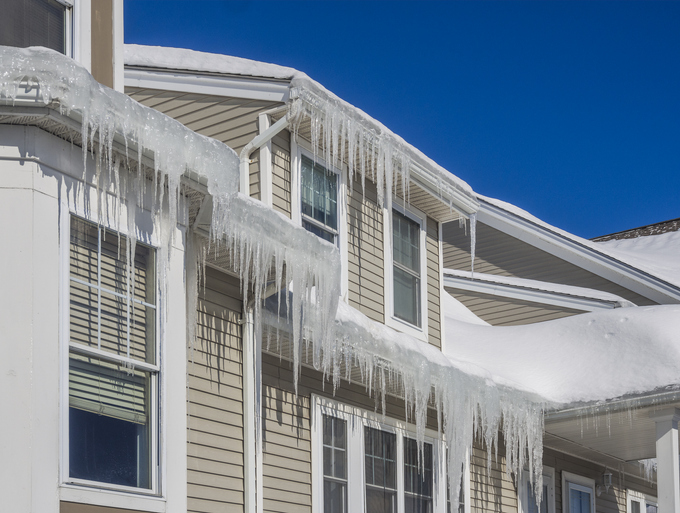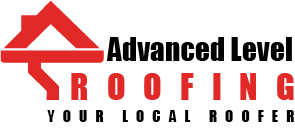Winterizing Your Roof:
Winterizing your roof in cold climates is essential to protect your home from potential damage caused by ice, snow, and freezing temperatures. Here are some steps you can take to winterize your roof:
Inspect the Roof:
Begin by inspecting your roof for any existing damage, such as loose or damaged shingles, cracked flashing, or missing tiles. Repair any issues you find before winter weather sets in.
Clean Gutters and Downspouts:
Clear your gutters and downspouts of leaves, debris, and any other obstructions. Proper drainage is crucial to prevent ice dams from forming, which can lead to roof leaks.
Trim Overhanging Branches:
Trim any overhanging branches that could accumulate snow and potentially fall onto your roof during heavy snowfall or ice storms.
Check Attic Insulation and Ventilation:
Ensure that your attic is adequately insulated to prevent heat from escaping through the roof. Proper insulation can help prevent the formation of ice dams. Also, check that your attic is well-ventilated to maintain a consistent temperature and reduce condensation.
Seal Roof Penetrations:
Inspect and seal any roof penetrations, such as vents, chimneys, and skylights. Make sure there are no gaps or cracks that could allow moisture to enter.
Install Ice and Water Shield:
Consider installing an ice and water shield membrane under your roofing material, especially in areas prone to ice dams. This membrane provides an extra layer of protection against water infiltration.
Clean Snow Accumulation:
After heavy snowfalls, safely remove excess snow from your roof using a roof rake or hiring a professional. Be cautious not to damage the roofing material or gutters while doing so.
Prevent Ice Dams:
To prevent ice dams, you can install heat cables or roof heating systems along the eaves to melt snow and ice. Proper insulation and ventilation in the attic can also help prevent ice dams from forming.
Check Flashing and Seals:
Inspect flashing around roof penetrations and seals around vents, chimneys, and skylights. Replace or repair any damaged or deteriorated flashing and seals.
Monitor for Leaks:
Throughout the winter, keep an eye out for signs of roof leaks, such as water stains on ceilings or walls. If you notice any, address them promptly to prevent further damage.
Schedule Professional Inspection:
Consider having a professional roofing contractor perform a winterization inspection before the cold weather sets in. They can identify potential issues and recommend appropriate solutions.
Remember that safety is paramount when working on your roof during the winter. If you’re not comfortable with any of these tasks or if your roof is steep or difficult to access, it’s best to hire a professional roofing contractor with experience in cold weather roof maintenance and repairs. Proper winterization can help extend the life of your roof and protect your home from winter-related damage.

